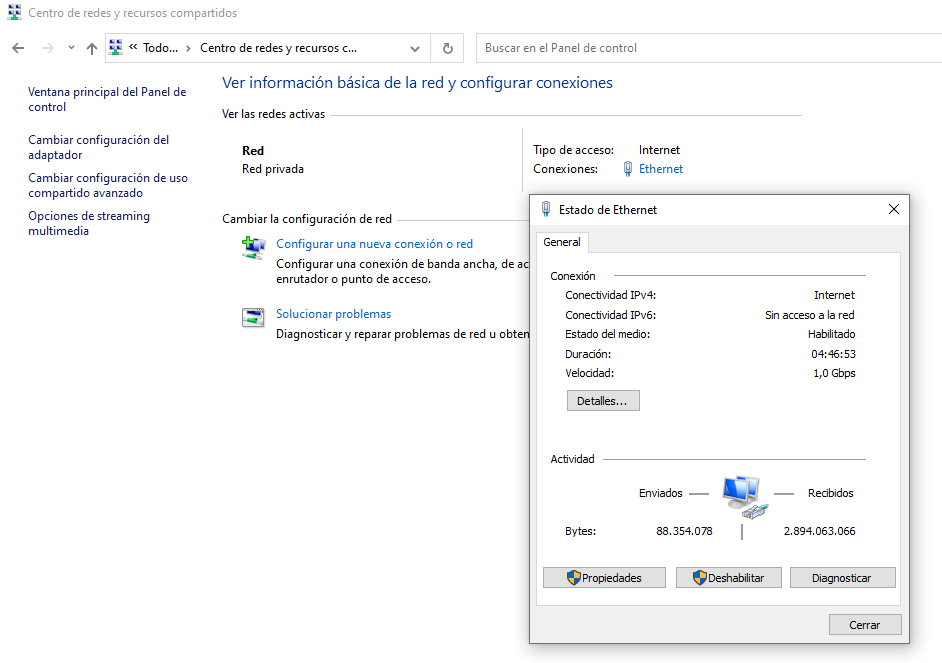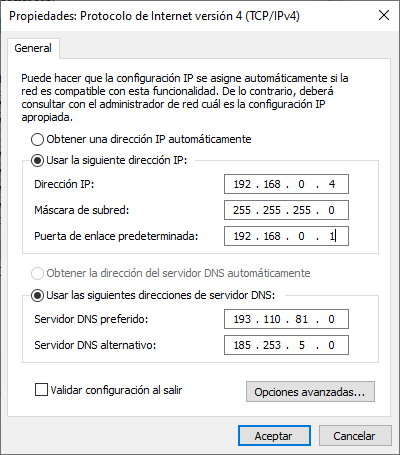The EU is promoting a European public DNS that emphasizes the the security of citizens and businesses of the Union. In compliance with the General Data Protection Regulation (GDPR), they were created by dns0.eu, a French non-profit organization founded by the managers of NextDNS.
These European public DNS they are free and they work with multiple hosting providers in every member state of the European Union. They currently use 62 servers and 55 data centers in 27 cities of the old continent in a 100% European infrastructure.
The emphasis on security and privacy is clear, with end-to-end encryption, modern DNS protocols that are not vulnerable to eavesdropping and manipulation by intermediaries, and built-in protection against millions of malicious domains, from phishing sites to C&C servers. The system behind these DBS is designed to reduce the detection window to just a few seconds, and through close cooperation with threat intelligence providers, CERT and other European cyber security actors, aims to provide the highest level of protection against Internet threats.
Meaning of DNS
DNS is a very important protocol for use by computers, services or any resources connected to the Internet. Translated into Spanish as Domain Name System It has several uses, but the most important is this resolve the IP of the website or service we use.
For the uninitiated, explain that computers work with numeric addresses, such as 216.58.210.163 from Google.com. Imagine the difficulty of using and remembering the numerical addresses of all the websites we visit. This is where these DNS and the servers that move them come in, a dedicated device that acts as a means of communication between the user and the websites we visit.

They have huge databases where the relationships between domains and their respective IP addresses are registered. When we try to connect to a website like the one in the example, google.com, the request is forwarded to the DNS servers to “translate” or “resolve” this URL. ISPs automatically provide their customers with their own DNS. But there are other alternatives that can be used and that often work better. And not only do they offer performance and reliability benefits, they provide added geolocation, security, anti-censorship or parental controls, as well as IP address database updates faster than most service providers.
How to use European public DNS
The DNSs that apply to us are 193.110.81.0 (main) a 185.253.5.0 (secondary). They can be applied in a normal way to practically all operating systems. dns0.eu has several small guides on their site for mobile and desktop systems. Taking Windows 10 as an example, changes can be made from the control panel simply by changing the IP assigned to each of them.
step by step for a specific team would be the following:
- Go to “Control Panel-Network and Sharing Center”. Click on “Connections-Ethernet”.

- Click on “Properties-Internet Protocol Version 4-Properties”:

- Edit the DNS addresses for the alternatives, in this case for these relevant European public DNS:

- Accept and restart your computer.
If you like use DNS on all devices you must act on the router handling the connection:
The easiest way to access the router is through a Web interface through your access IP address, by entering addresses such as 192.168.0.1, 192.168.1.1, 192.168.2.1 (or similar) into any web browser, depending on your router. Almost all routers of the same make or model have a certain username/password programmed for easy access.
This type of access is publicly known and is usually as simple as the familiar “admin/admin”. A web search is enough to find them out, and there are even specialized tools like RouterPasswords that provide data for any known make and model.
Once we know the IP and password, we enter its web interface and edit the section corresponding to DNS, which, depending on the model, can be found in the “Internet Configuration” section or directly in “DNS” to change them:

Simply restart your router for the changes to take effect on any device you connect to your local network.
What are the best DNS?
There is no concrete answer to this question. It depends on many factors, operator, geographical location, type of internet service, equipment and even the specific moment as it usually changes over time. In addition to those offered by your own ISP, there are interesting alternatives that include most used, reliable, free and updated on the latest technologies, some like:
- Google Public DNS: 8.8.8.8 (Primary) – 8.8.4.4 (Secondary)
- OpenDNS: 208.67.222.222 (primary) – 208.67.220.220 (secondary)
- Cloudflare: 1.1.1.1 (primary) – 1.0.0.1 (secondary)
- Other more specialized ones can also be used to access geoblocked content, such as UnoDNS, CleanBrowsing, Quad9 or Unblock-US.
DNS test
It’s best to test in every situation, and here are apps that will do the job for us. We like some like DNS Benchmark. It is free and does not require installation, dAvailable for Windows and can also be used on MacOS or Linux Wine.
- Download the small application ‘DNSBench.exe’ (only 166 KB) and run it.
- Click on the “Nameservers” tab and select main reference screen and data pages.
- Click the “Run Benchmark” button to run the test benchmarks and test the DNS on your computer.
- If you are interested, click on the “Conclusions” tab and you will learn all the details of the test
- You can find the most interesting and graphic in «Nameservers > Response time. If you leave “Fastest sort” checked, you’ll see the best DNS in the test by response time, status, provider, and location.

It should be noted that this and other tests only offer information on response time performance in the discriminative domains. It may happen that others, even if they are a bit slower, may offer additional benefits among those mentioned above, such as the greater security and privacy promised by the European Public DNS, which gave rise to this tutorial.
Finally, keep in mind that changing your DNS is not a panacea and its effects will always be limited by the speed and quality of the broadband service you have purchased. Also about property management that you need to do every time you install a new router. But you have nothing to lose by testing, because these changes are fully reversible and are made in minutes. And sometimes they make a difference in loading web pages.



















